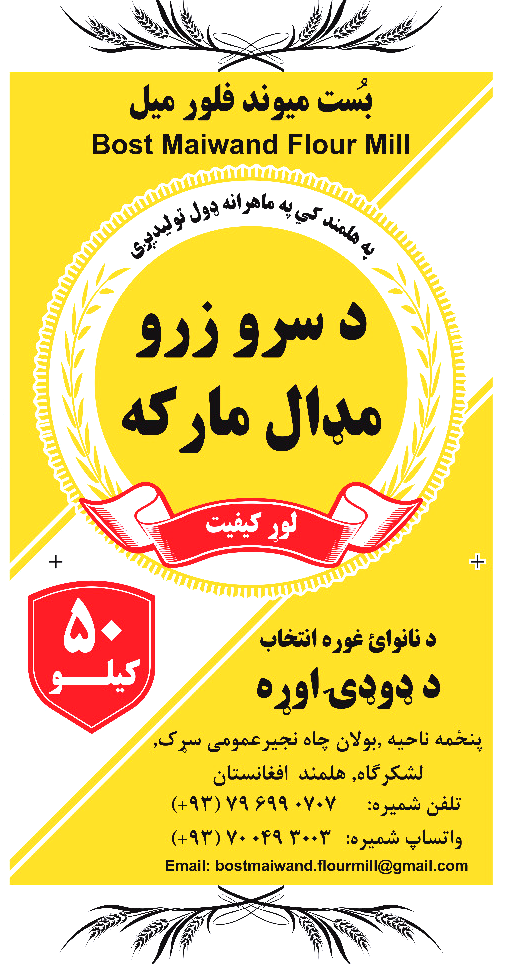Custom Flour Packaging

1. Bag Selection and Printing:
We use automated bagging machines that can handle a variety of bag sizes and types. Bags are typically made of plastic, and they are selected based on the intended use (e.g., retail, commercial, industrial).
Bag printing includes branding, product information, expiration dates, barcodes, and regulatory labeling, ensuring product traceability and compliance.
2. Filling the bags:
Automated filling equipment fills the bags with the appropriate amount of flour. This process is precise and efficient, minimizing waste and ensuring consistent bag weights.
3. Bag Sealing:
After filling, the bags are sealed to prevent spillage and maintain product freshness. Sealing methods include sewing.
4. Bag Conveyance:
Conveyor systems transport the filled and sealed bags to the next stage of the packaging process. These conveyors are designed to handle bags of different sizes and weights.
5. Quality Control and Inspection:
Our quality control officer conducts quality control inspections, checking for proper bag closure, labeling accuracy, and other factors. This ensures that only high-quality bags are moved forward in the process. A drop test verifies the bag seal and resistance.
6. Bag Palletizing:
Our skilled laborers stack the filled bags onto pallets. This process is manually organized to optimize space and ensure stability during transportation and storage.
7. Quality Assurance and Traceability:
Batch and lot numbers are recorded, and the packaging process is designed to maintain traceability. This is essential for product recall purposes and quality control.


